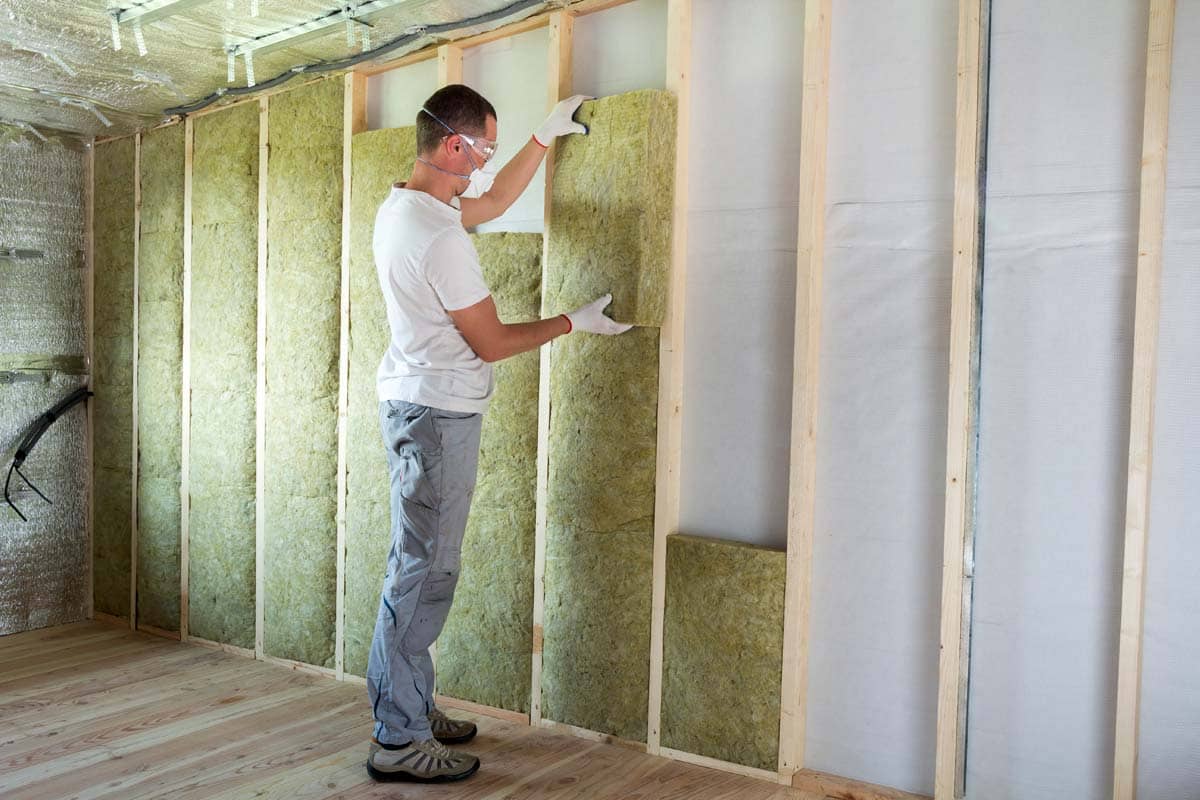Introduction to Insulation Paint
In today’s quest for energy efficiency and comfort, homeowners and businesses alike are exploring innovative solutions to maintain optimal indoor temperatures while minimizing energy consumption. One such solution gaining popularity is insulation paint for interior walls. This article delves into the concept of insulation paint, its benefits, application methods, and considerations for choosing the right product.
Understanding Insulation Paint
Insulation paint, also known as thermal insulation paint or insulating paint, is a type of paint formulated with insulating materials such as ceramic microspheres or reflective particles. These additives enhance the paint’s ability to resist heat transfer, effectively providing a thermal barrier between the interior space and the external environment.
Benefits of Insulation Paint
- Energy Efficiency: By reducing heat transfer through walls, insulation paint helps maintain stable indoor temperatures, reducing the reliance on heating and cooling systems. This, in turn, lowers energy consumption and utility bills.
- Comfort Improvement: Insulation paint helps create a more comfortable indoor environment by minimizing temperature fluctuations and reducing cold spots near exterior walls.
- Condensation Control: Insulation paint can also help mitigate issues related to condensation by providing a barrier that prevents moisture from penetrating the walls, thus reducing the risk of mold and mildew growth.
- Space Saving: Unlike traditional insulation materials such as foam boards or fiberglass, insulation paint does not add significant thickness to walls, making it ideal for spaces where preserving room dimensions is crucial.
Application Methods
Insulation paint can be applied using various methods, including:
- Brush or Roller: Similar to standard paint application, insulation paint can be applie using a brush or roller. This method is suitable for small to medium-sized areas and allows for precise coverage.
- Sprayer: For larger areas or projects requiring faster application, a paint sprayer can be use. Sprayers ensure uniform coverage and are efficient for covering expansive wall surfaces.
- Professional Application: In some cases, particularly for commercial or complex projects. Hiring professional painters experienced in applying insulation paint may be advisable to ensure optimal results.
Considerations for Choosing Insulation Paint
When selecting insulation paint for interior walls, consider the following factors:
- Insulation Properties: Look for paint products with high thermal resistance (R-value) and effective heat-reflective properties to maximize energy savings.
- Durability: Choose paints that are durable and resistant to wear, allowing for long-lasting performance without frequent reapplication.
- Compatibility: Ensure that the insulation paint is compatible with the existing wall surface and any other coatings or finishes applied.
- VOC Content: Opt for low-VOC (volatile organic compound) or. VOC-free formulations to minimize indoor air pollution and maintain indoor air quality.
Conclusion
Insulation paint offers a versatile solution for enhancing comfort and efficiency in residential and commercial spaces. By providing thermal insulation properties, controlling condensation, and improving energy efficiency. Insulation paint contributes to a more comfortable and sustainable indoor environment. With proper selection and application, insulation paint can be an effective addition to any interior wall, offering long-term benefits for occupants and property owners alike.





